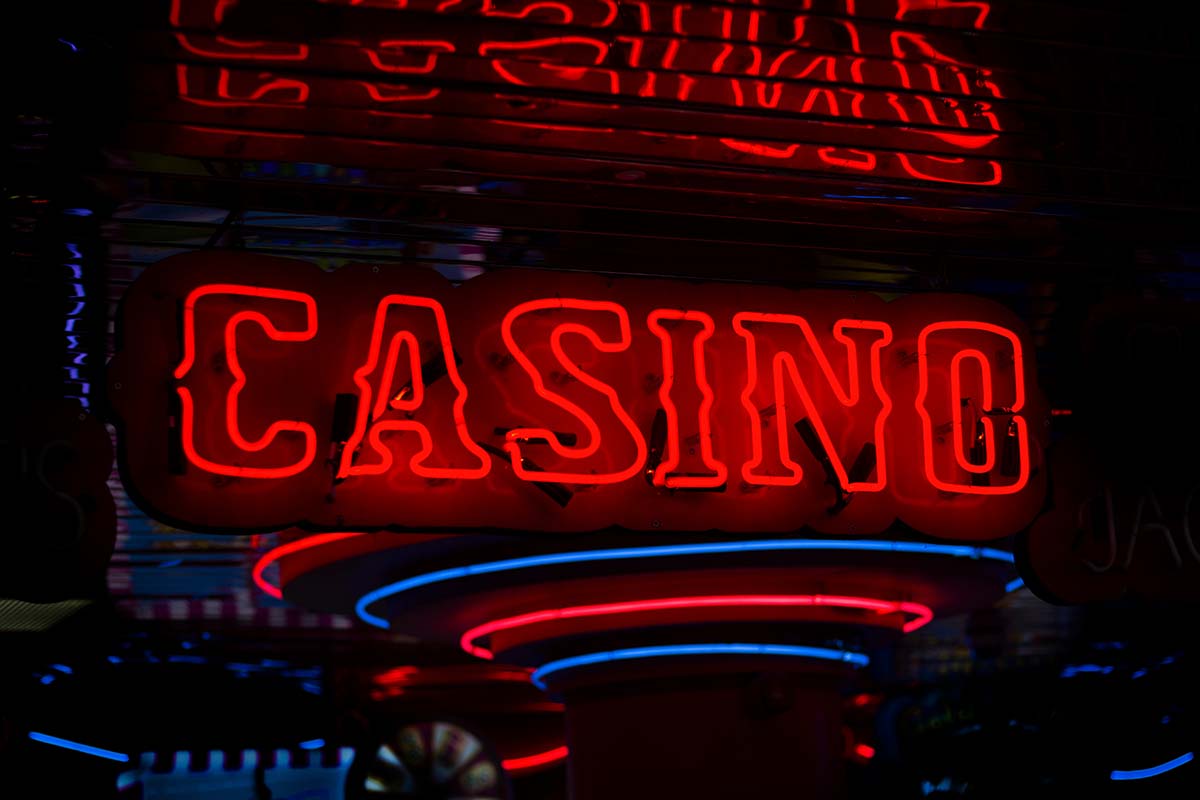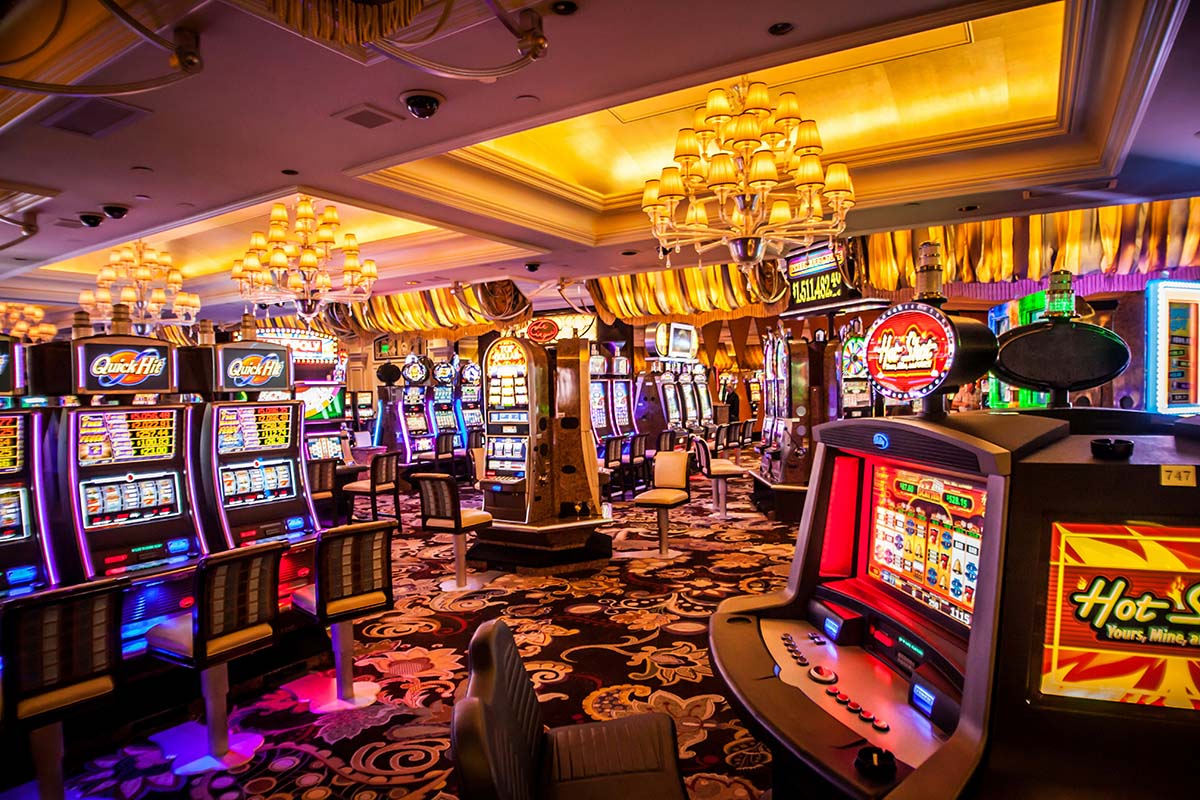Historic Mansfield: More Than Shawshank – The Casino That Started It All
Mansfield, Ohio, the proud home of the famous Ohio State Penitentiary immortalized in The Shawshank Redemption, is full of little-known stories that are almost as gripping and exciting as the one depicted in the film. Among them is the first casino in North Lake Park, a flamboyant entertainment center that was built long before Hollywood got interested in bars and bunk beds. This barn-born yet fascinating place became a cultural landmark that made its contribution to the image of Mansfield well before Andy Dufresne strayed through its halls.
Though Mansfield’s old Casino is long gone, the fun doesn’t have to be. Gold Spin, a modern online casino, brings that same excitement into your home. With games, jackpots, and plenty of chances to win, Gold Spin is a fun way to enjoy a new kind of entertainment, just like Mansfield did back in the day.
From Barn to Barnstorming Stage
The building was built by Abraham Heinemann in the late nineteenth century as a stable for prize horses and ice production. In 1893 the barn transformed dramatically: it was fitted with a stage, wings, a tin roof, powerful shutters and 800 chairs, presenting its past as a barn no more, but the stage. Its sign read “Casino” and its rafters were filled with laughter, music and boisterous crowds as it approached its 40th anniversary.
The local papers observed that the theatre offered traveling melodrama-like productions, including villains to heckle and heroes to cheer on, something as participatory an experience at a theatre as a modern immersive play can be.
A Park of Wonders: More Than Just Theatre
The new streetcar line of Mansfield went conveniently to North Lake Park where the Casino is at the center of an exciting amusement complex. Also alternately called Sherman‑Heineman Park, Casino Park, and Luna Park, there were artificial lakes, walkways, a dance pavilion, a roller coaster (erected in 1905), a shooting gallery, a merry-go-round and a swimming pool.
By the middle of the 1900s it had become a hotspot in the community. Even Sunday prohibition (Blue Laws) took precedence with local debates as to whether exciting attractions such as roller coasters and merry-go-round could even work on holy days.
The Evolution of the Casino Venue
| Year | Transformation/Event |
| 1893 | Stable → open-air theatre (“Casino”) with 800 seats |
| ~1904 | Dance pavilion built; stage used for orchestras |
| 1905 | Roller coaster added; park renamed Luna-Casino Park |
| 1921 | Fire at dance hall shifts focus to Casino dance floor |
| 1920s | Seats removed; transformed into packed dance hall |
| 1934 | Casino burns down in under an hour (wooden kindling) |
| 1950s | Ruins removed; geese roam where audiences once sat |
Moonlit Melodramas & Mid-Show Floods
Stage plays held a ritual slot on Monday nights – none more famous than the 1899 performance of The Drummer Boy, which had over 369 showings in Mansfield alone.
On June 19, 1899, the heavens opened during a performance. Torrential rain pounded the tin roof, thunder drowned out actors, and stage lights went dark as Toby’s Run overflowed, flooding the auditorium with up to six feet of water. The audience became part of the drama. A makeshift bucket brigade escorted women through waist-deep water to safety. The saga ended at 2 AM, the crowd rescued by wagon and ferrying along Fourth Street.
Roaring ’20s: When Dancing Took the Lead
Following the 1921 blaze that consumed the dance pavilion, public taste shifted from theater
to dancing, fueled by the energetic Roaring Twenties. The Casino removed its seats, became a vibrant dancefloor, boasting weekend big band performances and a restaurant downstairs. On slower days, it still hosted church gatherings and civic events – until its wooden interiors proved too flammable. In April 1934, the building caught fire and burned to the ground in under an hour.
Legacy Beyond the Flames
Even though it vanished in flames, the Casino’s name lived on. Locals continued referring to North Lake Park as “Casino Park” well into the 1950s. Today, its memory dances on in:
- Local legend: Stories of moonlit floods and heroic rescues passing through generations.
- Park geography: The footprint of the Casino lies beneath walking paths and goose-populated lawns.
- Civic pride: It represents an era when transportation, community, and entertainment blended into a charming cultural hub.
Encore: The Show Goes On
Picture this: A hundred years ago, families boarded a trolley into the evening, greeted by the smell of lake water and pine. They ascended creaky wooden steps, grabbed candy or a lemonade, and sat under an open-air pavilion:
- Villains twirled mustaches on stage; the crowd hollered.
- A toboggan rattled above on a distant roller coaster.
- Musicians in tuxedos cued up the latest waltz.
- Somewhere in the drizzle, laughter rippled.
When Mansfield lost the Casino in that 1934 blaze, it lost more than a building – it lost an era. But much like that stage’s fallen curtain, the story plays on in memory. The site today is silent, but the echoes remain – of song, dance, flood-lit drama, and community.



